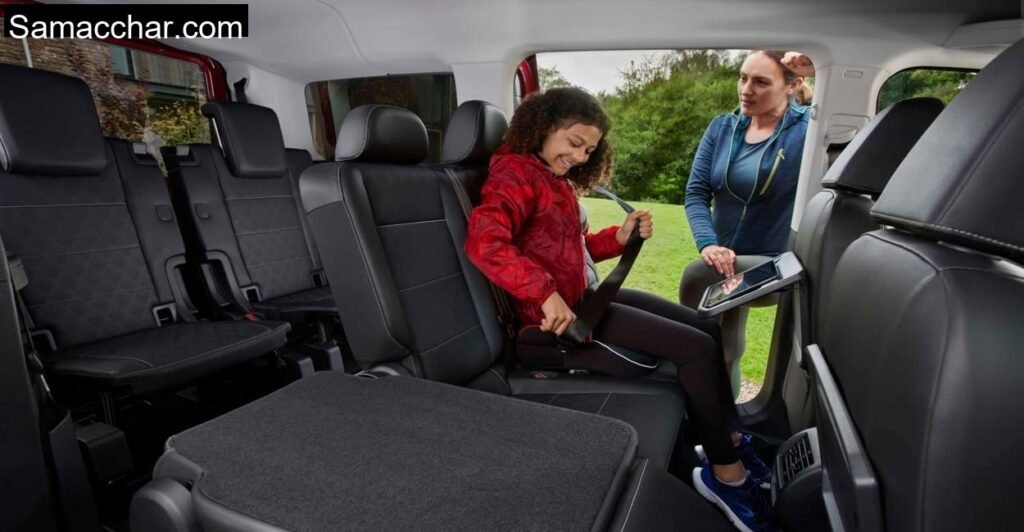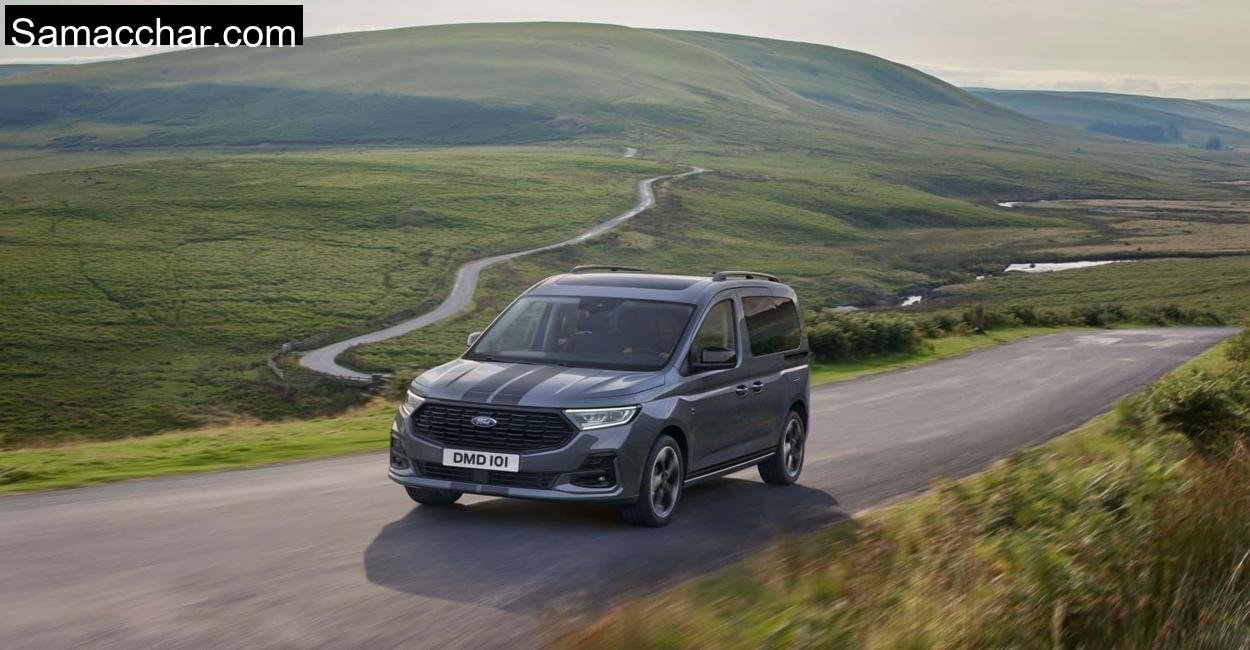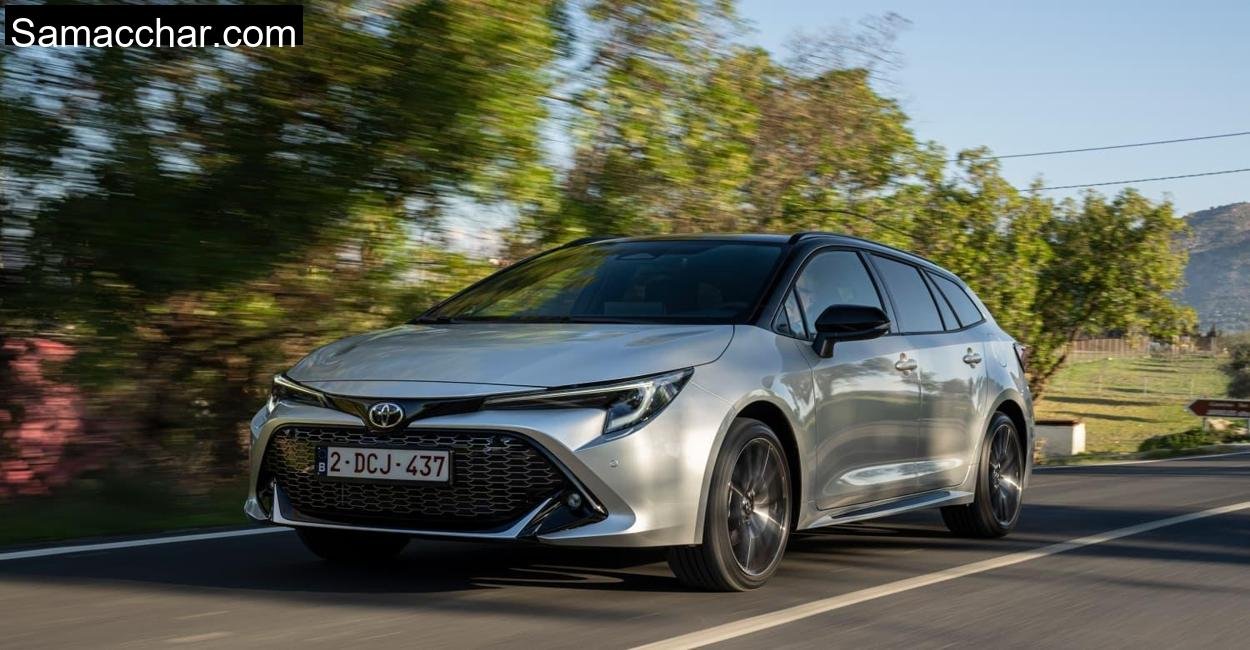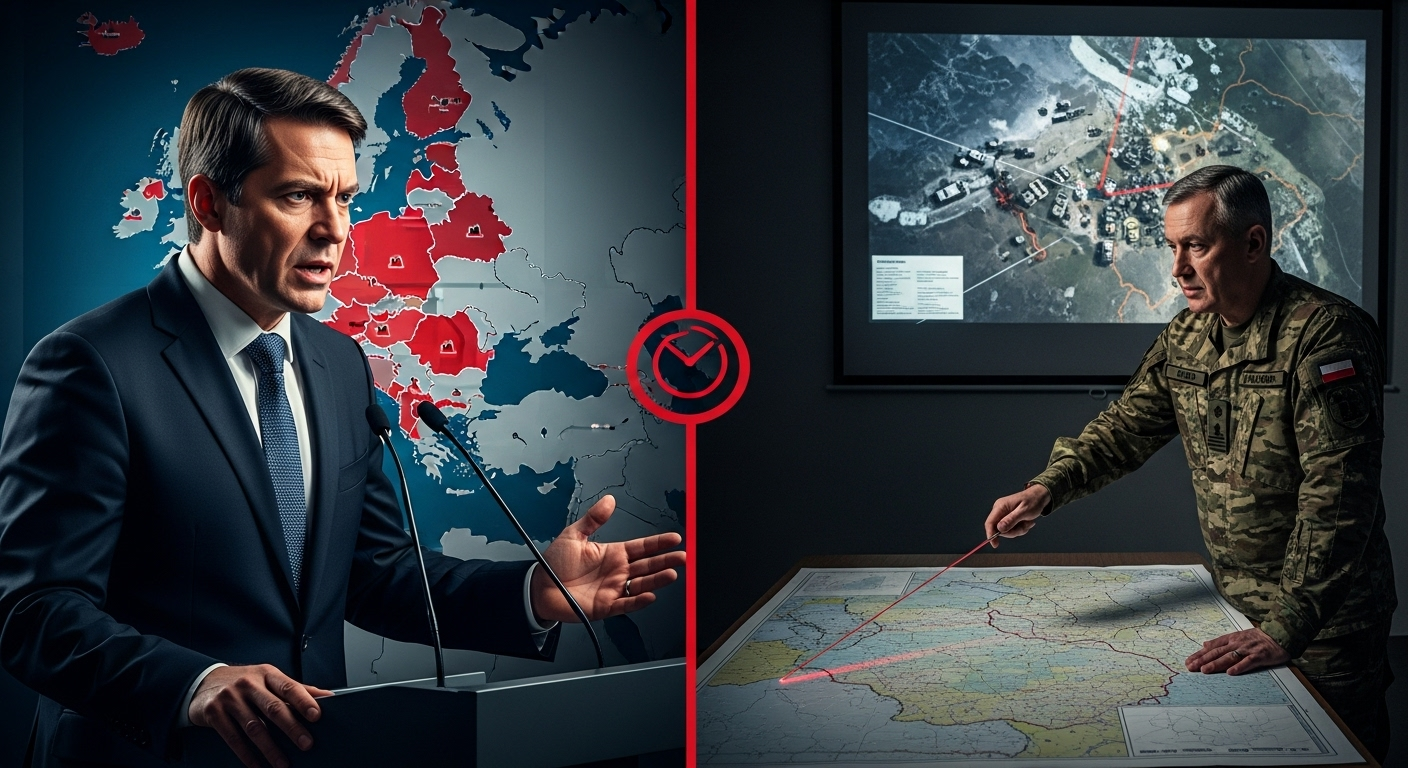High-roof station wagon with seven seats
You don’t buy the Tourneo Connect for attention. You buy it because you’ve got stuff, kids, bikes, bags, dogs, camping gear, and you need to move it efficiently. And in that regard, this vehicle delivers. My test model came in the long-wheelbase configuration, which brings a massive cargo volume of up to 3,100 liters when fully cleared out. Even in everyday configuration with the third-row stowed, I still had between 635 and 2,140 liters at my disposal, enough to fit a double mattress and a week’s worth of outdoor gear.
On our test route through the Baumberge, through Havixbeck, Nottuln, and along the crest road with sweeping views over Münsterland,I had the chance to use the flat-folding front passenger seat. I managed to slide in two 2.8-meter long fence panels diagonally. A three-meter ladder? No problem.
The sliding rear doors made loading at the roadside a breeze. The third row, while a bit tight for anyone over 1.75 meters, is good for kids or occasional short trips with adults. I took my two nephews and their bikes to the forest edge, and there were no complaints, until they discovered I hadn’t packed snacks.
Ford Tourneo Connect: The assistants

You’d expect a van-like vehicle to skimp on driving aids. Not here. Even the base trim gets a generous safety suite. My Titanium test car came with Pre-Collision Assist, which detects vehicles, pedestrians, and cyclists. On a damp stretch downhill from Billerbeck, I tested the emergency brake assist, on purpose, but only once. It engaged promptly and without drama. The flash of hazard lights made sure the car behind knew something was up.
Cruise control with limiter, lane-keeping assist, hill-start assist, and front/rear park sensors are all standard. The adaptive cruise control was an optional extra on this car, and it worked smoothly, adjusting to traffic changes fluidly.
What stood out most, though, was the Blind Spot Monitor with rear cross-traffic alert. It came in handy reversing out of a narrow gravel parking lot near Steverquelle, warning me about a speeding cyclist just in time.
Ford has also included a speed limit recognition system, quite helpful in this region where the transition between village and open road can be abrupt. It beeped and displayed signs accurately, something VW’s system sometimes lags on.
Consumption in the test: 7.6 liters of super

Under the hood of my test car was the 1.5-liter EcoBoost petrol engine, producing 114 hp and 220 Nm of torque, mated to a seven-speed DSG automatic. It’s the same engine you’ll find in several VW Group cars, and it behaves here as you’d expect: quiet, refined, and unfussed.
From 60 to 100 km/h, the Tourneo pulled with decent pace,7.5 seconds in our own tests, and overtaking a tractor on the twisty country roads was never nerve-wracking. The 0-100 km/h sprint in 11.9 seconds won’t win races, but this isn’t that kind of car. Top speed is 182 km/h, which I only touched briefly on a de-restricted autobahn section.
Real-world consumption? Ford claims 6.8 liters per 100 km on the WLTP cycle, but the Ecotest result of 7.6 liters felt much closer to what I experienced. Over the course of 600 kilometers around the Baumberge, including hilly terrain and urban detours through Münster, I averaged 7.4 liters per 100 km. With careful driving and light load, you might see high sixes. But throw in some passengers and use the DSG as intended, and you’ll be sipping high sevens.
Despite that, the EcoBoost engine excels in low NVH levels. It’s so quiet that more than once I caught myself wondering if it had a stop-start glitch, only to realize it was just idling that smoothly.
Conclusion
The Ford Tourneo Connect 1.5 EcoBoost isn’t an exciting car. It’s not designed to thrill. But spend a week with it in the real world, loading it, driving it, parking it, and you start to appreciate its honesty. It’s a van, yes, but it’s clever. It’s based on a Caddy, sure, but Ford’s tweaks make it slightly more user-friendly and characterful.
It hauls kids, groceries, furniture, and bikes without a fuss. The tech works reliably, the ride is composed, and there’s enough modularity inside to adapt to all but the most extreme family logistics. That said, it’s not cheap, and real-world fuel economy is average at best.
If you can look past its commercial DNA and accept the price tag, the Tourneo Connect is one of the most usable seven-seaters out there, and in the Baumberge, it proved itself as a quiet workhorse ready for whatever everyday life throws at it.










